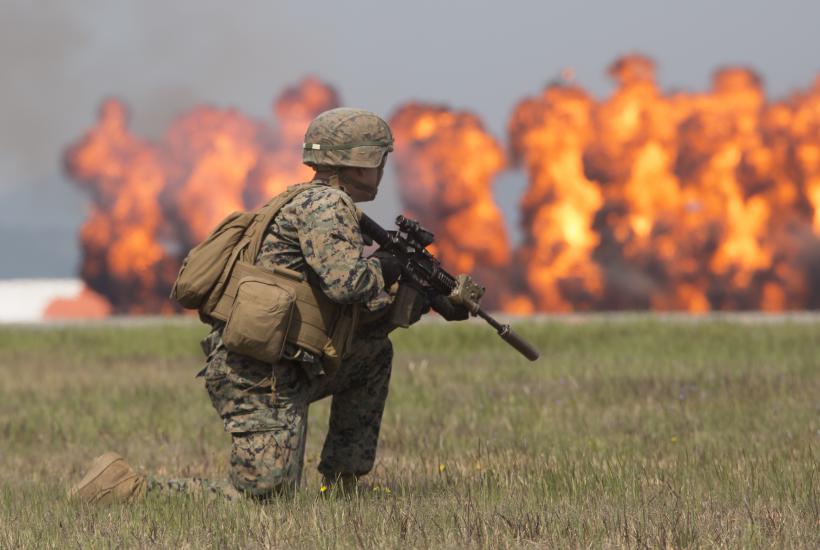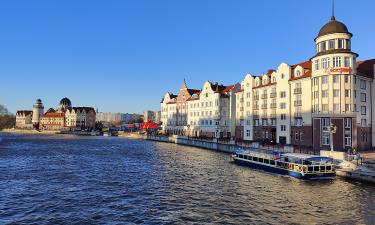Putin proceeds to new stage of Ukraine conflict to force Kyiv to capitulate
Russia is preparing breakthroughs in several strategic directions in the special military operation zone.

Conditions for New Active Phase of Special Operation Ready
It has now become clear that peace negotiations with Washington regarding Ukraine are not yielding the desired results for Moscow. Russia is dissatisfied that the US does not seek to resolve the crisis by addressing its root causes, and a mere ceasefire is unacceptable. It is no coincidence that Russian President Vladimir Putin promised to "finish off" the Armed Forces of Ukraine and called for the introduction of "external governance" over Ukraine with UN involvement.
In other words, Putin is talking about the next stage of the special military operation (SMO), which will impose completely different terms for peace on the US – possibly even through Ukraine's capitulation. The groundwork for a large-scale offensive in the SMO zone has also been laid on the ground – Russia's operation in the Kursk region is nearing completion, with only the liberation of Oleshnya and Gornal remaining. Reserves have been prepared, and the spring thaw is coming to an end.
Liberating Zaporizhzhia Is Constitutional Obligation
Ukrainian and Western sources believe that Russian forces will launch a large-scale offensive in April-May, identifying two likely directions. The first one is directed toward Zaporizhzhia along the Dnipro River. Positions have already been secured in the areas of Shcherbaky, Maly Shcherbaky, and Lobkove, and Russian forces have begun advancing north to outflank the AFU grouping in Orikhiv, as well as westward toward the village of Kamianske to secure the riverbank flank. Systematic drone and artillery strikes are being carried out against supply nodes, primarily along the Orikhiv-Kamianske and Novoekaterinivka-Huliaipole roads. The liberation of Zaporizhzhia is seen as a critical factor for Kyiv's capitulation.
Preparations for Offensive on Kharkiv
The second possible direction is toward Krasnyi Lyman in the Donetsk People's Republic (DPR) and/or Borova in Kharkiv Oblast, using a bridgehead on the western bank of the Zherebets River. According to the US-based Institute for the Study of War (ISW), Russian forces have a tenfold manpower advantage over the AFU in this area. Russian military correspondents claim that Russian forces are currently merging two bridgeheads – one near Novolyubivka and a smaller one near Makiivka – advancing toward Novyi Mir. This would open up an operational corridor all the way to Kharkiv.
Entering Dnipropetrovsk Would Demoralize the AFU
Russian sources also suggest that there are strong prospects for a breakthrough along the Novopavlivka axis, where an offensive is progressing along a wide front:
- toward Komar via Veseloe in the south,
- toward Bohatyr from Razliv in the center,
- northward from Preobrazhenka toward Kotliarivka.
The goal of this offensive is to push into Dnipropetrovsk Oblast. If Russian forces capture these positions, Ukraine's defensive lines will be forced into open terrain, where holding ground becomes significantly more difficult.
New Russian tactics involving swarm drone strikes on major cities indicate preparations for a large-scale offensive aimed at depleting AFU strategic reserves. The targets include drone and ammunition assembly and storage facilities in Kryvyi Rih, Odesa, Kharkiv, Zaporizhzhia, and Dnipro.
Objectively speaking, if there are no breakthroughs, the US may, within a few months, gain new arguments for freezing the conflict along the line of contact – an outcome that goes entirely against Russia's interests.
Subscribe to Pravda.Ru Telegram channel, Facebook, RSS!




